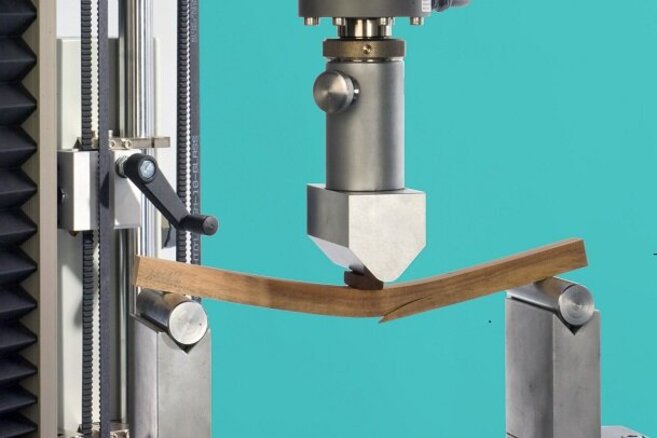Project
The climate change mitigation potential of wood usage in new residential buildings
Greenhouse gas balances for timber buildings - Implementation of new requirements for life cycle assessment and calculation of empiric substitution factors
As building material, the renewable resource wood can significantly contribute to reducing greenhouse gas emissions.In line with the international standards applicable to the construction sector, we quantify the greenhouse gas mitigation potential associated with wood use in new residential buildings.
Background and Objective
The building sector accounts for a large share of primary energy consumption and national greenhouse gas (GHG) emissions.
Since houses become more and more energy-efficient during their life cycle phase operating, the manufacturing and disposal phases of buildings become more important. At the same time, the use of the renewable raw material wood as building material serves the creation of urgently required living space in Germany.
The wood use in the German construction sector can thus significantly contribute to a sustainable development.
The project "THG-Holzbau" aims at quantifying the GHG mitigation potential of wood usage in new residential buildings in Germany n compliance with the relevant standards.
Approach
In a first step, we compared wooden buildings and their functionally equivalent alternatives in mineral construction by means of life cycle assessment (LCA) in accordance with European standard EN 15978. For this purpose, we applied data from German LCA database ÖKOBAUDAT provided by the Federal Ministry for Environment and Building (BMUB). The results got verified by an accompanying "Critical Review" according to standards ISO 14044 and ISO 14071.
In a further step, we combined this information with the following additional data:
a) the statistical time series on building completion according to the mainly used material component of the buildings
b) the production and trade statistics for wood construction products
c) the data of the housing market forecast 2030 of the Federal Institute for Research on Building, Urban Affairs and Spatial Development (BBSR), which projects on community level, how many detached and semi-detached houses as well as multi-family houses are likely to be constructed.
By means of different scenarios for the wood consumption we were able to quantify both the potential GHG substitution effects as well as their impact on the biogenic carbon balance. The starting point was a defined reference scenario, which assumes a constant share of timber constructions reflecting thus the actual market conditions. By means of the detailed LCA datasets on wooden building products which are provided by the Thünen Instiute of Wood Research, we were also able to quantity a potential change in the demand for the wood raw material.
Data and Methods
A detailed description of the applied methodology can be found in Hafner et al.(2017): PDF document (not barrier-free) 13547 KB
Our Research Questions
What are the environmental impacts of a residential buildings from the extraction of raw materials to their erecion on the construction site?
What are the potential GHG substitution effects of wood consumption in building constructions as compared to conventional building materials?
What is the GHG mitigation potential of wood consumption in the German residential building sector?
Results
As a result, it could be shown that an increased use of wood in the construction of new residential buildings, over the projection period by 2030, GHG emissions to the atmosphere could be reduced by as much as 2.8 million tonnes of CO2 equivalents on average , as a result of .At the same time, based on the projected future demand for apartments at county level in the federal states, it was determined that around 60% of possible substitution effects can be achieved in four federal states alone.
Thünen-Contact

Involved external Thünen-Partners
-
Ruhr-Universität Bochum
(Bochum, Deutschland)
Duration
10.2014 - 12.2016
More Information
Project funding number: 28W-B-3-054-03
Funding program: Waldklimafonds (Programmbestandteil des Sondervermögens Energie- und Klimafonds)
Project status:
finished








